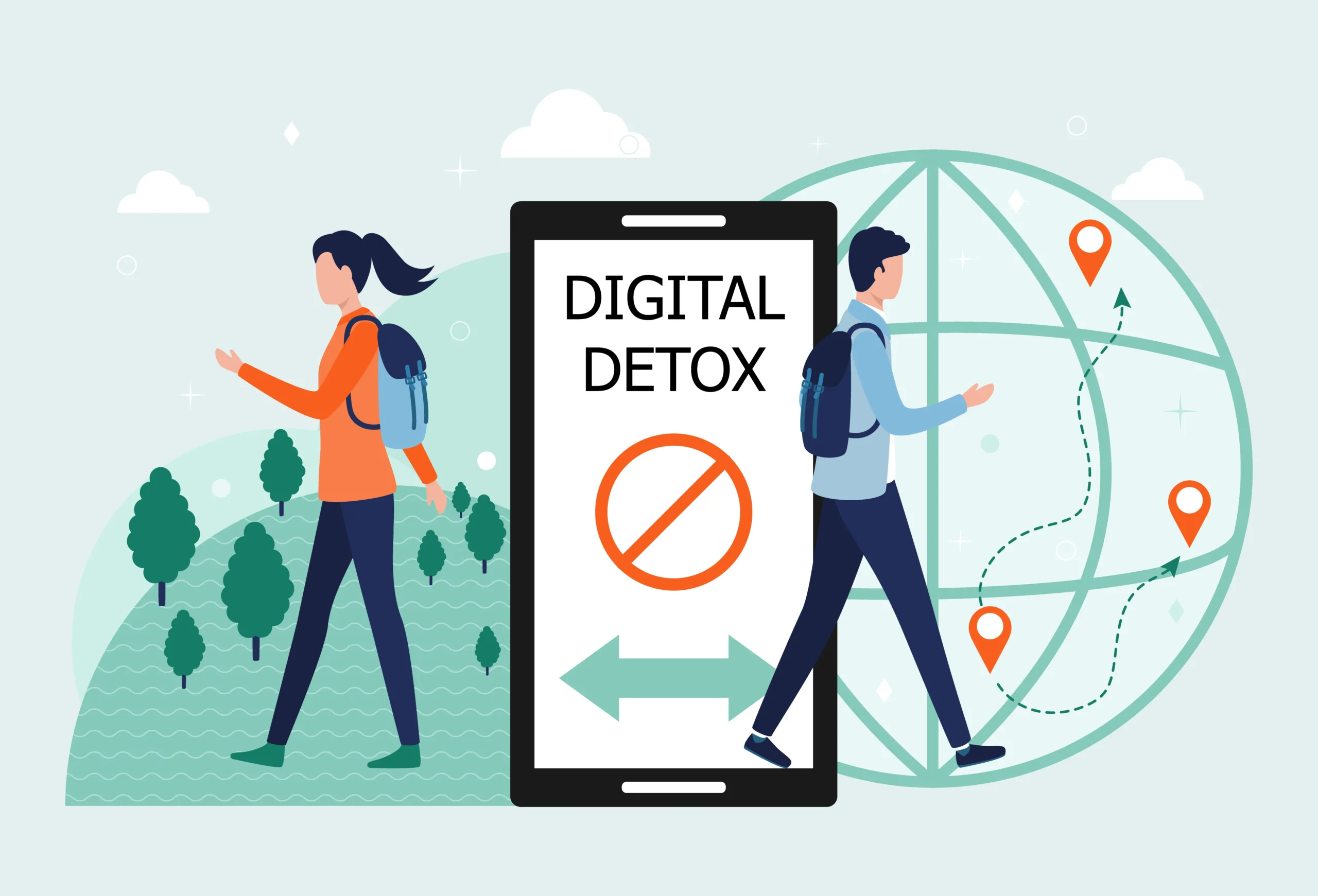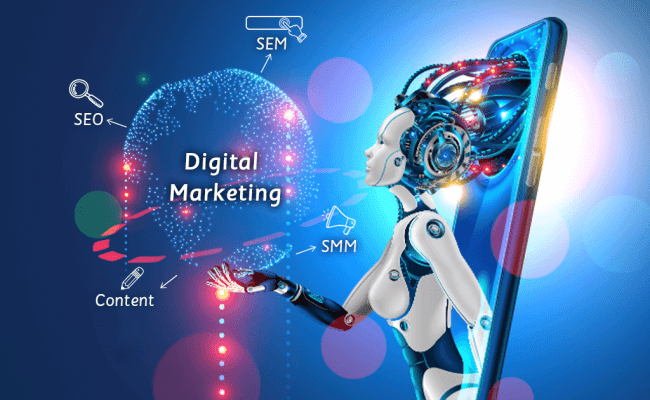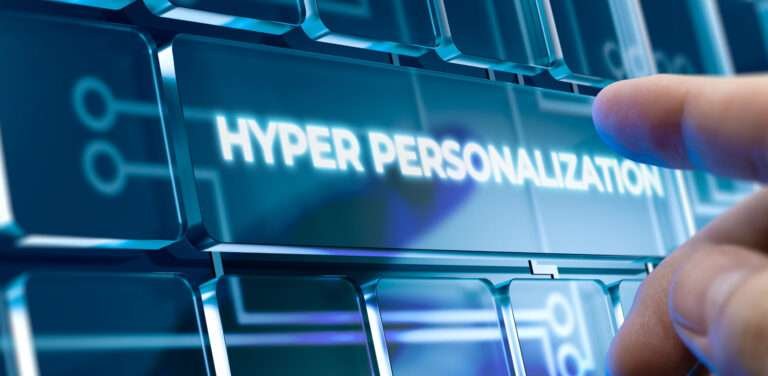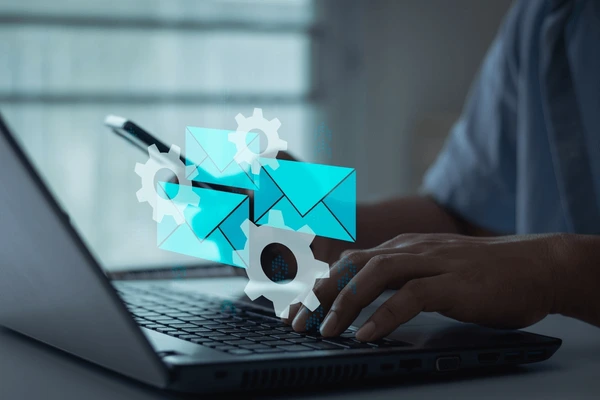Digital Detox: Why More People Are Disconnecting to Reconnect
Introduction
In the current digital era, we are always linked. Computers, tablets, and phones follow us about at all times, buzzing, pinging, and alerting us. Even though these gadgets are convenient, they can also result in “digital overload.” In response, more people are choosing to intentionally unplug from digital gadgets in order to regain balance in their lives, a practice known as a “digital detox.”
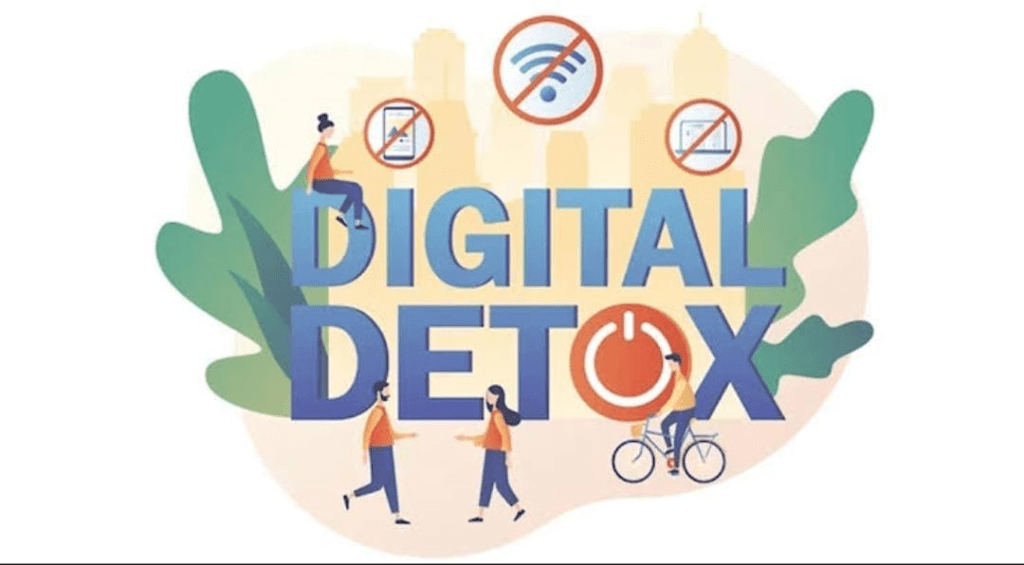
The Rise of Digital Connectivity
How Digital Devices Have Become Integral
Digital gadgets are used for everything from keeping in touch with friends to managing work. The majority of us grab our phones as soon as we get up, and digital connectivity hardly ever slows down after that. We can accomplish more with these technologies, but they also lead to a new form of dependency.
Impacts of Constant Digital Connectivity
Constant connectedness might have negative impacts on our mental and emotional health in addition to screen weariness. Excessive digital use has been connected in studies to stress, anxiety, and even depression. Many people are feeling alienated from real-world experiences as a result of connection fatigue, which has sparked a desire for a digital detox.
Why People Are Choosing Digital Detox
Burnout and Digital Fatigue
One of the main reasons people go for a digital detox is burnout from continuous internet exposure. It can be daunting when social connections, business, and pleasure all take place on the same displays. An opportunity to relax, rejuvenate, and end the cycle of digital exhaustion is provided by digital detox.
Impact on Mental Health and Well-being
Particularly when combined with the demands of social media, the “always-on” mentality can result in increased worry and diminished self-esteem. It has been demonstrated that taking a break from screens lowers anxiety and helps people re-establish a connection with themselves.
Reduced Productivity and Focus
Digital devices are necessary for productivity, but using them excessively might backfire. Unending information, multitasking, and notifications can divert attention from crucial work, and many people discover that taking a break helps them rediscover their focus and sense of direction.
Types of Digital Detox
Complete Digital Detox
A full digital detox entails avoiding all electronic gadgets for a predetermined amount of time. Despite being difficult, this detox can provide profound, undisturbed relaxation and lead to life-changing revelations.
Partial Digital Detox
Some choose to partially detox, maybe designating particular times or places as device-free zones. For example, many people impose “no screens” rules after a specific hour in the evening or during meals.
Device-Specific Detox
Others discover that concentrating on a single gadget, like social media or a smartphone, can greatly lessen digital tiredness. The advantages of a detox can still be obtained by selecting one platform to cut back on without completely disconnecting.

Benefits of a Digital Detox
Improved Mental Health
A digital detox frequently results in greater mental health, with people reporting feeling less stressed, anxious, and depressed overall. Deeper introspection and self-awareness can also result from disconnection.
Better Sleep Quality
Blue light from digital screens might disrupt your sleep. Since eliminating screen time before bed promotes a natural wind-down process, many people who attempt a digital detox report having more peaceful sleep.
Enhanced Personal Relationships
A digital detox can help people prioritize spending time with friends and family, and in-person connections are more meaningful. Participating in these exchanges enhances interpersonal relationships.
Increased Productivity
People discover that they can work more productively when they eliminate digital distractions. When the mind is relieved from the overstimulation of continuous notifications and content, focus increases and productivity levels rise.
How to Start a Digital Detox
Setting Clear Goals
Decide what you want to accomplish first. Do you want better attention, more leisure time, or deeper sleep? Maintaining commitment is facilitated by having clear objectives.
Establishing Boundaries with Technology
Limits such as “no social media after 8 PM” or “no phone before breakfast” might help enforce digital boundaries without completely cutting off communication.
Choosing a Time for Detox
Weekend detoxes work for some people, whereas weeklong vacations are preferred by others. Select a time that is manageable and in line with your objectives.
Challenges of Disconnecting
Fear of Missing Out (FOMO)
A major problem is FOMO, which is the fear of missing news, updates, or social gatherings. It may be simpler to deal with FOMO if you have a good outlook and remember your objectives.
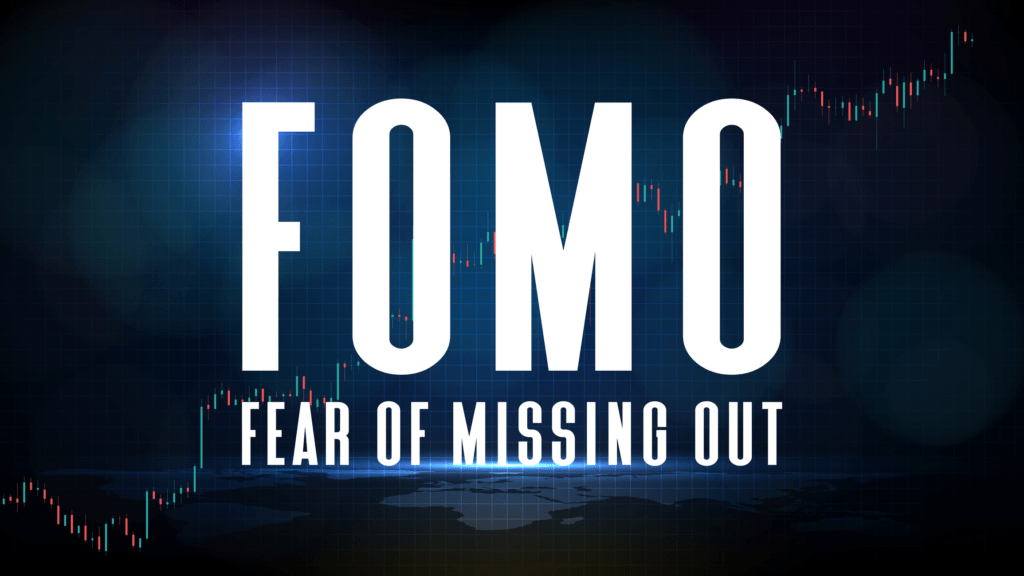
Difficulty in Disconnecting from Work
It can be challenging to distinguish between work and personal time, especially as remote work becomes more common. This transition can go more smoothly if “offline hours” are clearly defined and communicated to coworkers.
Social Pressure and Peer Influence
Disconnecting can feel lonely when you see friends and relatives on the internet. Nonetheless, you may foster a supportive environment by outlining your objectives and urging them to participate.
Tips for a Successful Digital Detox
Set Realistic Expectations
Start small; you can reset without being overwhelmed by going offline for a few hours or a day.
Find Engaging Offline Activities
Cooking, hiking, and reading are productive ways to pass the time. It’s easy to avoid screens when you have things planned.
Practice Mindfulness
Practicing mindfulness practices like deep breathing or meditation during a digital detox is a great way to lower stress and improve mental clarity.
Digital Detox in the Workplace
Encouraging Workplace Policies
To enhance the wellbeing of their employees, many businesses are supporting digital detox programs. Establishing “no email” guidelines after work can help workers relax completely.
How Companies Support Employee Well-being
Companies may boost morale and productivity by encouraging regular breaks and providing incentives like off-screen wellness programs.
Benefits for Employers and Employees
Both parties gain from a balanced digital strategy since more productive workers who are healthy and have enough sleep are able to contribute more successfully.
Impact of Social Media on the Need for Digital Detox
Comparison Between Real Connections and Online Interactions
Compared to connections in real life, social media interactions can seem shallow. A detox serves as a reminder of the value of more meaningful, sincere relationships.
Effects on Self-Esteem and Mental Health
Self-doubt and low self-esteem can result from constant comparison on social media. People are better able to concentrate on their own lives and objectives when they disconnect from social media.
The Role of Screen Time Tracking Apps
How These Apps Help Monitor Digital Usage
By educating users about their usage habits, screen time tracking applications like Screen Time and Digital Wellbeing make it simpler for them to set screen time limits.
Recommended Apps for Tracking Screen Time
Users can monitor their daily digital activities, eliminate distractions, and set time restrictions with well-known programs like Freedom, Moment, and RescueTime.
Popular Digital Detox Retreats
Types of Digital Detox Retreats
Reconnecting with nature, exercising, and concentrating on mental health are all encouraged by these retreats, which frequently offer tech-free settings.
Benefits of Attending a Retreat
Away from the pressures of modern life, retreats provide a controlled setting where people can unwind and revitalize. Deep emotional and mental advantages are frequently the result of the encounter.
The Long-Term Effects of Regular Digital Detoxes
Developing Healthier Habits with Technology
Frequent digital breaks support balanced technology use that is in line with individual objectives and help develop healthier habits.
Improved Cognitive Functions
Digital detoxes provide the brain a break, which eventually enhances cognitive function, creativity, and focus.
Conclusion
In today’s digital environment, digital detoxing is more than just a fad; it’s a crucial step to living a balanced, satisfying existence. Regaining focus, better mental health, and deeper relationships can all result from disconnecting. A digital detox could be difficult, but the rewards are worthwhile.
FAQs
- What is a digital detox?
The goal of a digital detox is to increase personal well-being and reduce stress by taking a vacation from using electronic devices. - How long should a digital detox last?
Depending on their objectives, some people select a few hours or days, while others like a week or longer. - What are some signs I need a digital detox?
Signs include having trouble focusing, feeling overloaded with alerts, and having trouble sleeping or getting enough sleep due to digital fatigue. - How can I stay motivated during a digital detox?
Maintaining motivation can be facilitated by establishing specific objectives, participating in offline activities, and monitoring your progress. - Can a digital detox improve my relationships?
Yes, you can build deeper bonds and more meaningful interactions with loved ones by being more present.

